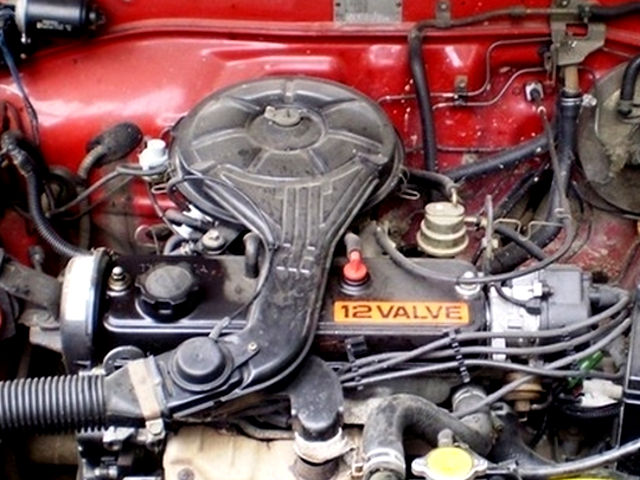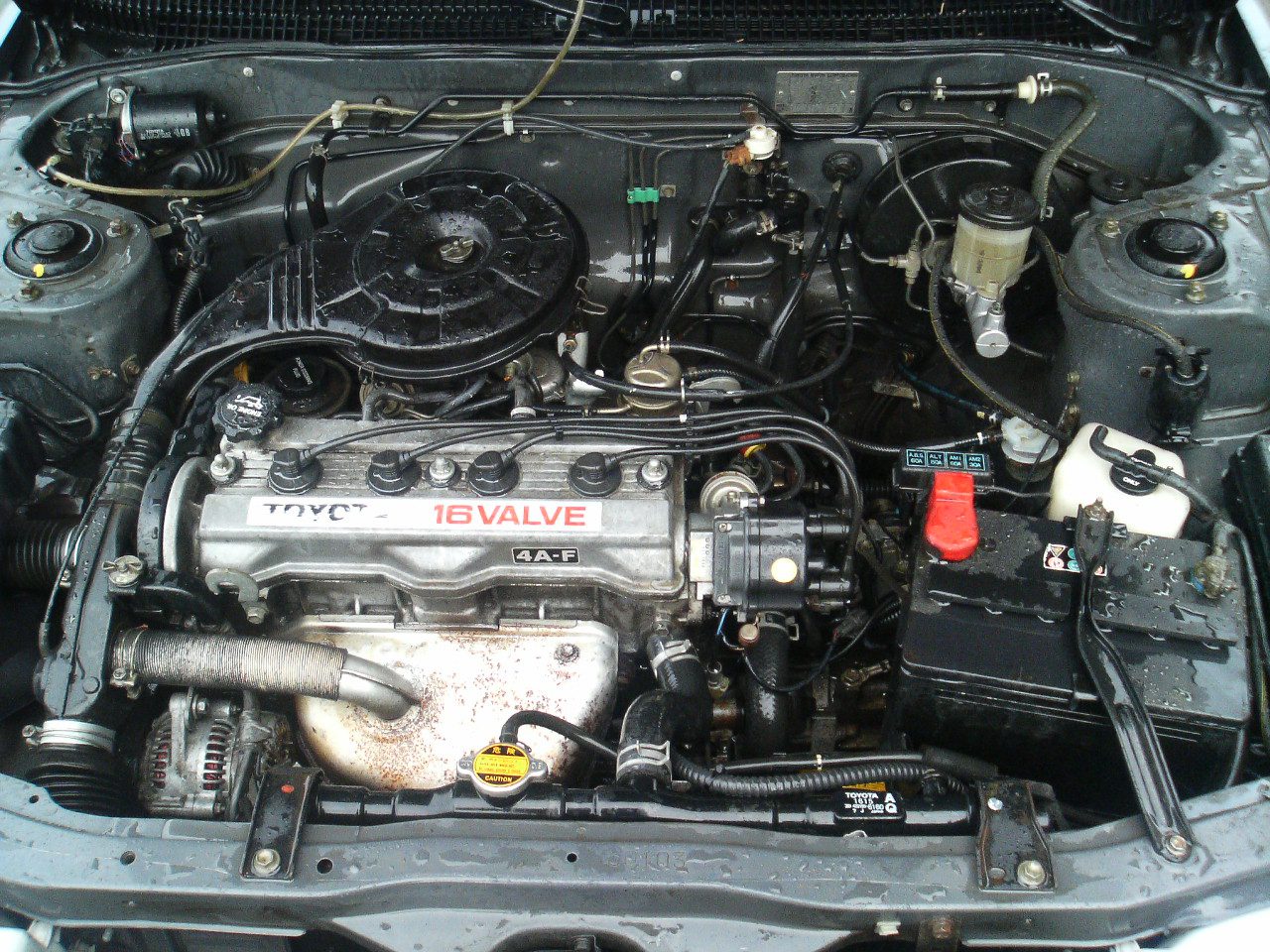Toyota Tazz: A Practical and Efficient Car for City Driving and Beyond
Toyota Tazz: A Practical and Efficient Car for City Driving and Beyond
Blog Article
Discover the current Fads in Engine Modern Technology Via Tazz
In the quickly advancing landscape of automotive innovation, Tazz stands at the center, highlighting significant innovations in engine systems that prioritize both development and sustainability. From crossbreed engines that optimize gas performance to the development of hydrogen gas cells, the trends forming modern-day powertrains are not just enhancing efficiency yet additionally attending to crucial environmental difficulties.
Crossbreed Engine Innovations
Hybrid engine developments represent a pivotal shift in automotive modern technology, combining the benefits of inner burning engines with electric propulsion systems. This integration not just improves fuel efficiency yet also reduces emissions, meeting increasingly rigorous ecological guidelines. By utilizing both energy resources, hybrid engines can maximize performance, providing power when needed while conserving gas throughout less requiring driving problems.
Current innovations in hybrid technology consist of enhancements in battery performance and regenerative stopping systems. These developments permit higher power recuperation during slowdown, which can be redirected to help in acceleration or power auxiliary systems. Manufacturers are focusing on portable layouts and light-weight products to take full advantage of the performance of hybrid powertrains.
The development of plug-in crossbreeds has actually additionally expanded the marketplace, enabling drivers to bill their lorries using basic electric outlets. This feature commonly enables significant all-electric variety, more decreasing dependancy on standard gas. tazz. As the vehicle market remains to advance, hybrid engine modern technologies are expected to play an essential function in bridging the gap between standard cars and completely electric versions, providing a transitional option that accommodates diverse customer requirements and choices
Developments in Electric Powertrains
The automotive landscape is swiftly developing, with electric powertrains becoming a leading pressure in sustainable transport. Developments in electrical lorry (EV) technology are substantially boosting individual, performance, and efficiency experience. Trick technologies consist of renovations in battery chemistry, which have actually raised power thickness, minimized charging times, and expanded overall battery life.
Solid-state batteries, for example, guarantee to change the marketplace by supplying better safety and efficiency contrasted to typical lithium-ion cells. Advancements in regenerative braking systems are making it possible for automobiles to recoup power throughout slowdown, contributing to overall efficiency.
Along with battery technology, electric motor styles are becoming more innovative. Innovations such as incorporated electric motors and advanced thermal administration systems are assisting to optimize power delivery and lower weight, ultimately boosting lorry dynamics.

Collectively, these advances highlight the commitment to change towards cleaner, a lot more reliable transport services, placing electrical powertrains at the forefront of vehicle innovation.
The Surge of Hydrogen Gas Cells
Progressively, hydrogen fuel cells are getting traction as a practical alternative to traditional inner burning engines and battery electric vehicles. This modern technology uses the chemical power stored in hydrogen, transforming it right into electrical energy with an electrochemical reaction with oxygen. The key by-product of this process is water, making hydrogen gas cells an ecologically friendly alternative with no emissions at the tailpipe.

Car manufacturers are progressively buying hydrogen gas cell technology, acknowledging its capacity for long-range applications and rapid refueling abilities that measure up to conventional fuels. Additionally, markets such as sturdy transportation and public transit are particularly well-suited for hydrogen gas cells, where battery electrical solutions may fail due to weight and range limitations.
As study and financial investment remain to increase, hydrogen gas cells are positioned to play a substantial duty in the future landscape of tidy transport and power remedies.
Enhancements in Internal Burning Engines
Technologies in interior combustion engine (ICE) modern technology are changing conventional vehicles to fulfill contemporary environmental criteria and performance expectations. Straight fuel shot, for instance, permits for much better atomization of fuel, leading to even more total burning and improved power output.
In addition, turbocharging has gained importance, allowing smaller sized engines to deliver greater performance without the weight of bigger engines - tazz. This innovation not just increases performance however also adds to lower fuel intake. Variable valve timing systems are additionally being fine-tuned, making it possible for engines to adapt to numerous driving conditions for boosted torque and responsiveness
Furthermore, the use of lightweight products in engine building is coming to be conventional, more improving gas efficiency by minimizing total car weight. Engine control devices (ECUs) are increasingly advanced, making it possible for real-time adjustments that enhance efficiency and emissions.
These enhancements jointly signify a critical change in ICE technology, straightening with global sustainability goals while still supplying the efficiency drivers expect from their automobiles. As the sector evolves, these enhancements continue to form the future of typical automotive engineering.
Future Patterns in Engine Performance
Substantial developments in engine effectiveness are expected as makers concentrate on incorporating cutting-edge technologies to meet strict environmental guidelines and customer needs. The change try this website in the direction of electrification, crossbreed systems, and different gas is improving the vehicle landscape, driving advancements that boost gas economic situation and lower emissions.
One of the crucial patterns is the execution of sophisticated products and making methods. Light-weight composites and high-strength alloys add to reduced vehicle weight, hence boosting total performance. In addition, the fostering of turbocharging and variable valve timing innovations permits improved power output from smaller engines, further enhancing gas economic situation.

Conclusion
To conclude, the exploration of engine modern technology reveals substantial developments that focus on sustainability and efficiency. Advancements in hybrid engine systems, electric powertrains, and hydrogen gas cells demonstrate a dedication to reducing discharges while boosting performance. Renovations in internal combustion engines and an emphasis on lightweight materials add to total engine performance. As the auto industry remains to progress, these trends will certainly play a vital role fit a cleaner and more sustainable future for transportation.
From hybrid engines that maximize fuel efficiency to the emergence of hydrogen gas cells, the patterns forming modern powertrains are not only enhancing efficiency however also addressing essential environmental challenges.Crossbreed engine technologies stand for a pivotal shift in automotive modern technology, integrating the benefits of inner burning engines with electrical propulsion systems.Additionally, turbocharging has actually gotten importance, enabling smaller engines to provide higher performance without the weight of bigger engines. Furthermore, the adoption of turbocharging and variable shutoff timing technologies enables for improved power output from smaller engines, even more boosting gas economic situation.
Renovations in internal burning engines and a focus on light-weight materials add to overall engine effectiveness.
Report this page